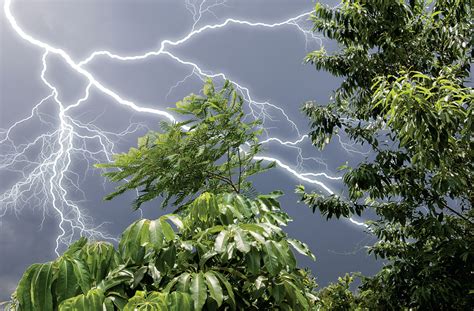Ancient civilizations have always fascinated us with their rituals, traditions, and artifacts that provide a glimpse into their way of life. Recently, in southeastern Arabia near the village of Dahwa in Oman, archaeologists made a remarkable discovery that sheds light on the musical practices of Bronze Age cultures around 4,000 years ago.
The Unearthing of Copper Cymbals
Imagine stumbling upon a pair of ancient copper cymbals that not only resonate with musical significance but also hint at long-distance cultural exchanges. These cymbals, found during excavations in Arabia, have sparked curiosity among researchers like Khaled Douglas from Sultan Qaboos University. What makes these finds truly intriguing is their resemblance to copper cymbals previously discovered in Pakistan’s Indus Valley.
While visually similar, chemical analysis has revealed a crucial distinction – the copper used for these cymbals originated from Oman itself. This detail suggests that the ancient inhabitants of Dahwa utilized locally sourced materials to craft distinctively regional musical instruments.
Insights into Cultural Exchange
The implications of this discovery are profound, pointing towards interactions and connections between communities separated by vast distances. It appears that shared musical traditions played a central role in religious rituals and practices across regions bordering the Arabian Gulf.
According to Douglas and his team, these cultural exchanges might have fostered strong bonds among diverse societies. The transmission of ritual customs from southeastern Arabia to the Indus Valley or vice versa highlights how ancient civilizations influenced each other through trade and cultural diffusion.
Rituals and Offerings
The ceremonial significance attached to these copper cymbals is evident from where they were unearthed – carefully placed beneath a stone floor within a building overlooking a settlement. It is speculated that these instruments were possibly offered as tokens to appease higher powers during elaborate ceremonies involving music, chanting, and dancing.
Historical accounts from Bronze Age sites throughout the Middle East to South Asia often mention cymbal players participating in various rituals alongside drums and other musical instruments. The presence of embossed decorations on cymbals dating back thousands of years underscores their importance in such events.
Expert Analysis: Decoding Ancient Traditions
As we delve into the past through archaeological findings like these bronze age cymbals, experts like Khaled Douglas provide valuable insights into how music transcended geographical boundaries to become a unifying force among ancient civilizations.
By unraveling the mysteries surrounding artifacts like these cymbals, we gain a deeper understanding of our shared human history and the ways in which cultural practices evolve through interaction and exchange over time.
In conclusion, the resonance of these ancient Arabian cymbals echoes far beyond mere musical notes – it reverberates with tales of interconnectedness and cultural vibrancy that defined our ancestors’ lives thousands of years ago.






Leave feedback about this